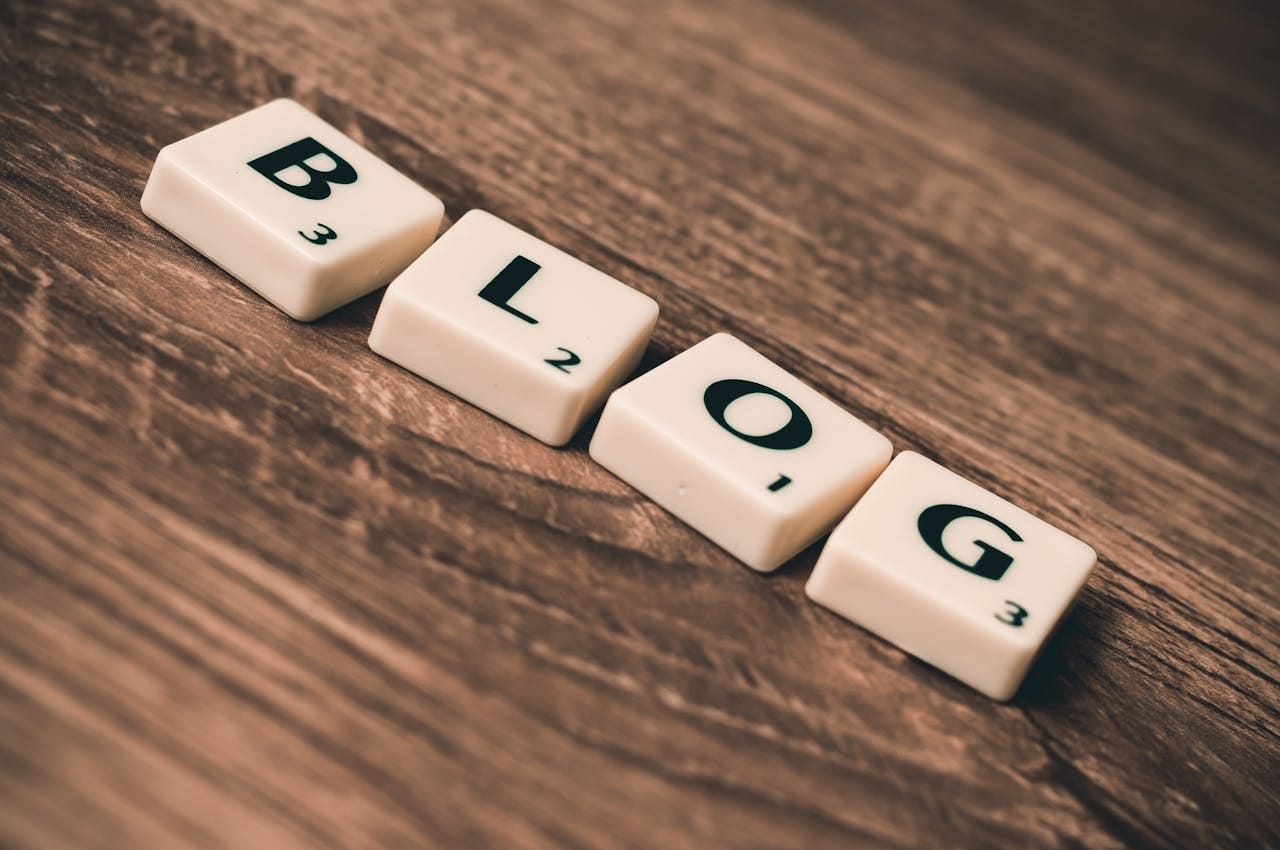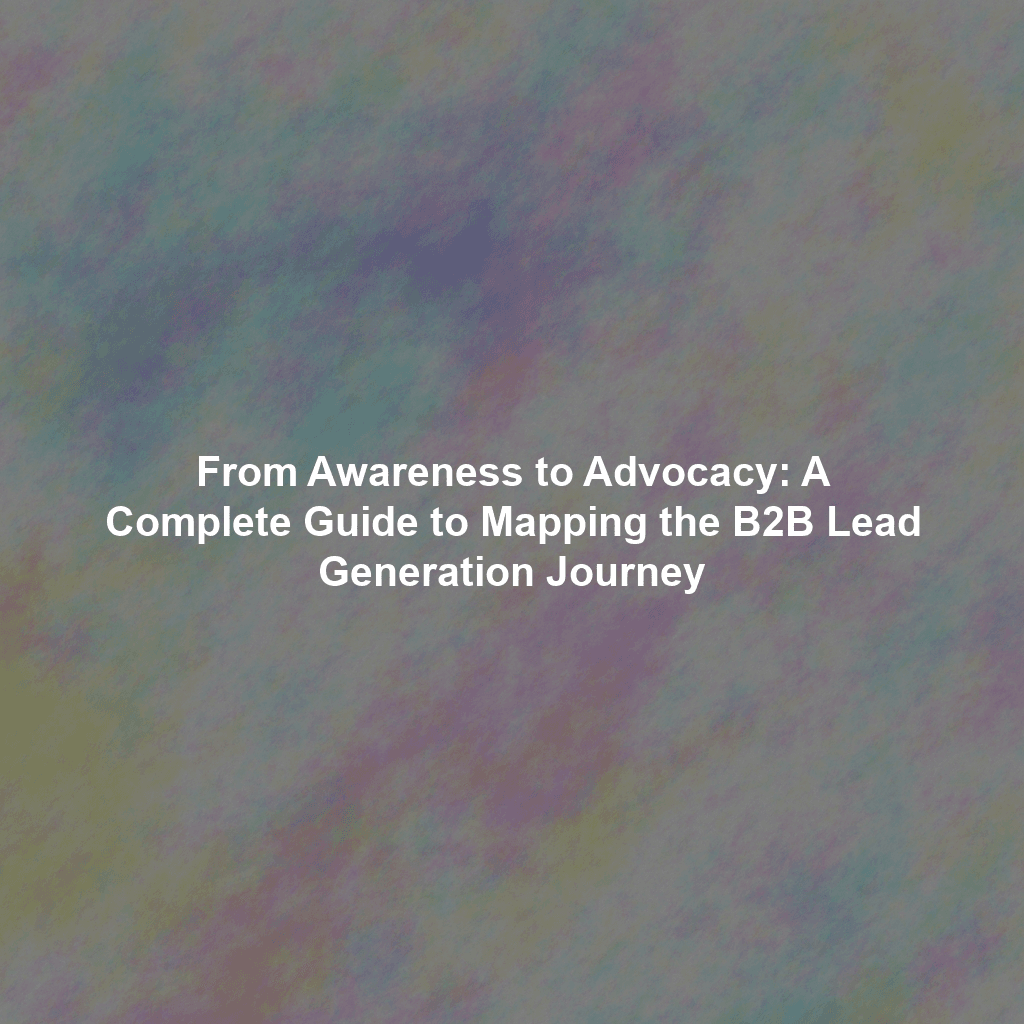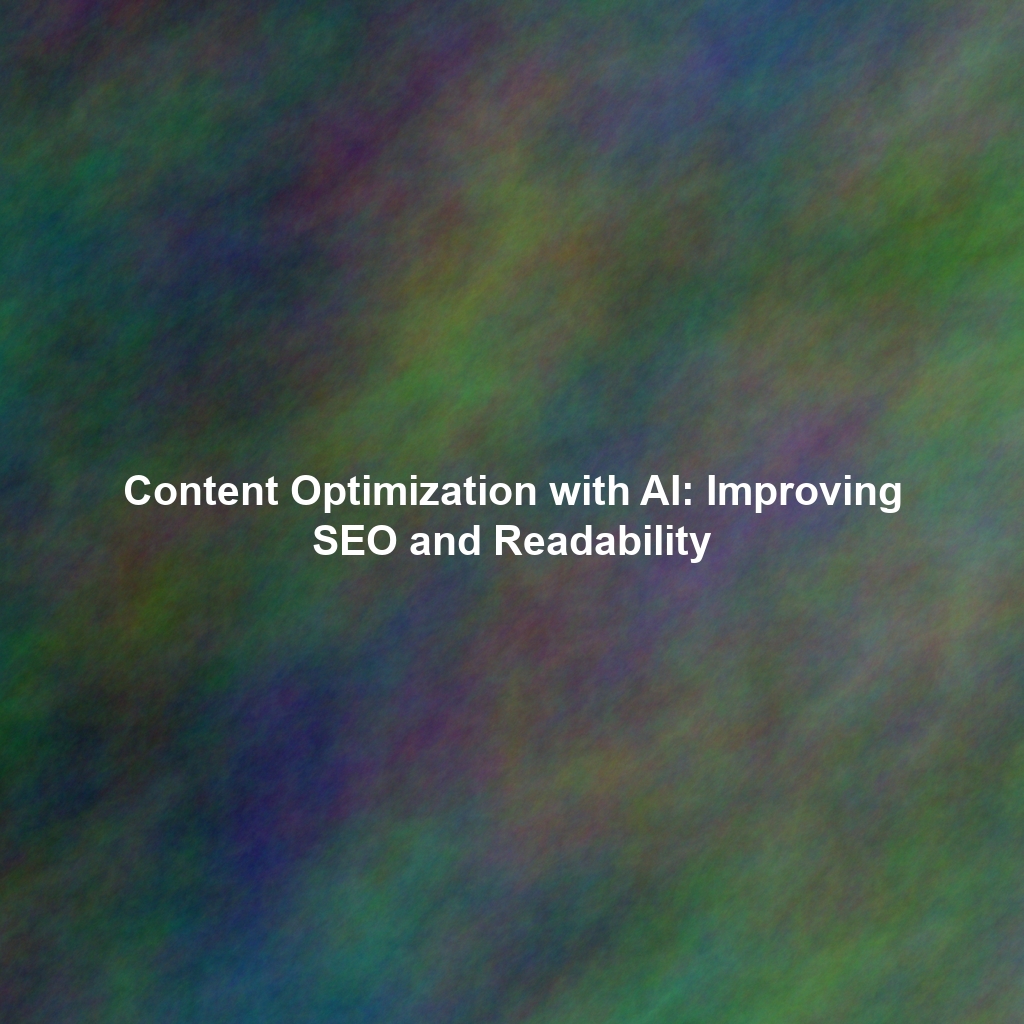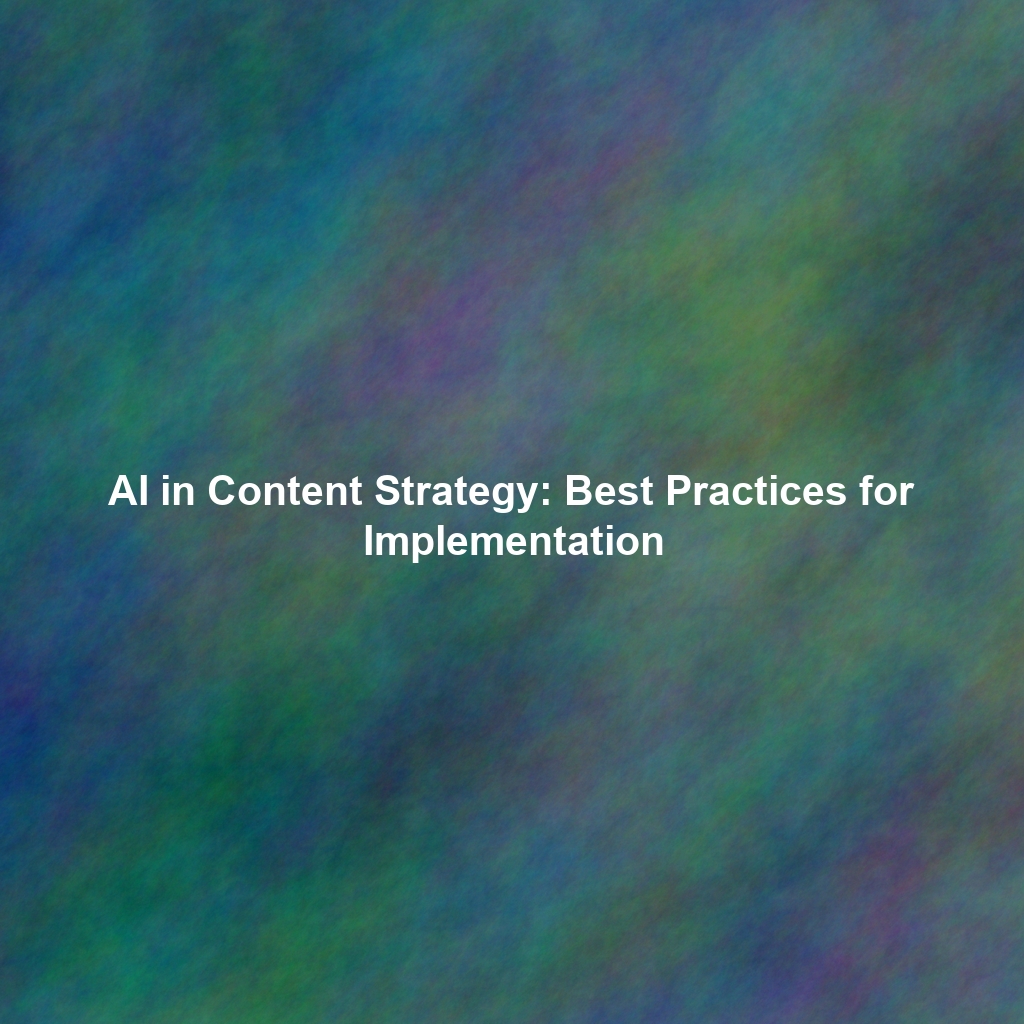The Awareness Stage: Planting the Seed
The awareness stage is where potential clients first become acquainted with your company and its offerings. It’s all about making a strong first impression and highlighting a problem you can solve.
True Story: The Content Marketing Rescue
A SaaS company, let’s call them “Innovate Solutions,” struggled to gain traction in a crowded market. Their sales team was burning out on cold calls, yielding minimal results. They realized their problem wasn’t their product (a powerful CRM tool), but their lack of visibility. They invested heavily in content marketing, creating high-quality blog posts, ebooks, and webinars addressing common pain points their target audience faced. Topics ranged from “The Ultimate Guide to Sales Automation” to “5 Mistakes to Avoid When Implementing a New CRM.”
The results were impressive. Within six months, website traffic increased by 300%, and they started generating significantly more inbound leads. The key was understanding their audience’s needs and providing valuable, free content that established them as thought leaders.
Practical Tip: Conduct thorough keyword research to understand what your target audience is searching for. Create valuable, informative content that answers their questions and addresses their pain points. Leverage SEO best practices to improve visibility.
The Interest Stage: Nurturing the Spark
Once a prospect is aware of your brand, you need to capture their interest and demonstrate the value you offer.
True Story: The Personalized Email Campaign
Another B2B company, “Data Insights,” discovered that many leads who downloaded their free white paper never progressed further down the funnel. They realized a generic follow-up wasn’t enough. They implemented a personalized email campaign, segmenting leads based on the content they downloaded and their industry. Each email addressed specific concerns and offered tailored solutions. For example, leads who downloaded a white paper on data security in the healthcare industry received emails highlighting Data Insight’s HIPAA-compliant solutions.
This personalized approach dramatically improved their engagement rates. Click-through rates increased by 50%, and they saw a significant jump in qualified leads.
Practical Tip: Use marketing automation to segment your leads and personalize your communication. Tailor your messaging to address their specific needs and pain points. Offer valuable resources like case studies, product demos, or free trials.
The Decision Stage: Overcoming Objections
At this stage, leads are seriously considering your solution. It’s crucial to address any remaining objections and provide compelling reasons to choose you over the competition.
True Story: The Case Study Showdown
“Precision Manufacturing,” a company selling industrial automation equipment, struggled to convince potential clients of the ROI of their solutions. They decided to invest in detailed case studies showcasing the real-world benefits their clients experienced. These case studies included quantifiable results, such as increased production efficiency, reduced downtime, and improved safety records. They also included testimonials from satisfied customers.
These case studies proved to be incredibly effective. They provided concrete evidence of the value Precision Manufacturing offered and helped overcome objections related to cost and implementation complexity. Their sales conversion rate increased by 25%.
Practical Tip: Develop compelling case studies that showcase the real-world benefits your clients have achieved. Provide quantifiable results and testimonials to build trust and credibility. Offer demos or consultations to address specific concerns and answer questions.
The Action Stage: Closing the Deal
This is where the lead takes the final step and becomes a customer. The focus here is on making the purchase process as smooth and seamless as possible.
True Story: The Streamlined Onboarding Process
A cybersecurity firm, “SecureGuard,” noticed a high rate of customer churn after the initial purchase. They discovered that many new clients struggled to implement their solutions effectively. SecureGuard invested in a streamlined onboarding process, providing dedicated support, training materials, and personalized guidance.
This improved onboarding experience significantly reduced churn and increased customer satisfaction. Clients were more likely to stay with SecureGuard long-term and recommend them to others.
Practical Tip: Make the purchase process easy and straightforward. Provide clear instructions, prompt support, and a seamless onboarding experience. Focus on building a strong relationship with your new customers from the outset.
The Advocacy Stage: Turning Customers into Champions
The final stage is about turning satisfied customers into brand advocates who actively promote your company and its offerings.
True Story: The Referral Program Powerhouse
“GrowthHack Marketing,” an agency specializing in B2B lead generation, struggled to generate new leads organically. They implemented a referral program, rewarding existing clients for referring new business. The rewards ranged from discounts on future services to gift cards and exclusive access to industry events.
The referral program proved to be a powerful lead generation tool. Referred leads had a significantly higher conversion rate and a longer customer lifetime value. GrowthHack Marketing realized that their best salespeople were their happy customers.
Practical Tip: Implement a referral program to incentivize existing customers to refer new business. Ask for testimonials and reviews. Encourage satisfied customers to share their positive experiences on social media and other platforms. Actively engage with your audience and respond to feedback.
Conclusion: The Continuous Cycle
The B2B lead generation journey is not a one-time event; it’s a continuous cycle. By carefully mapping each stage, understanding your audience’s needs, and optimizing your approach, you can transform potential clients into loyal customers and enthusiastic brand advocates. Remember to constantly analyze your results, adapt to changing market conditions, and never stop learning.
 Skip to content
Skip to content

